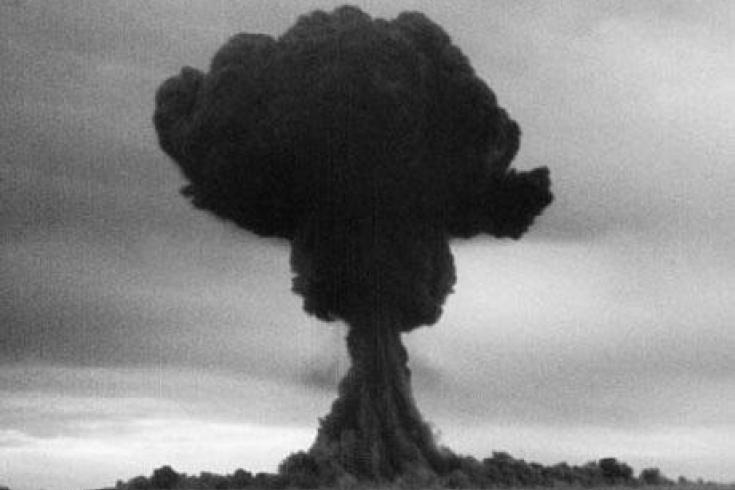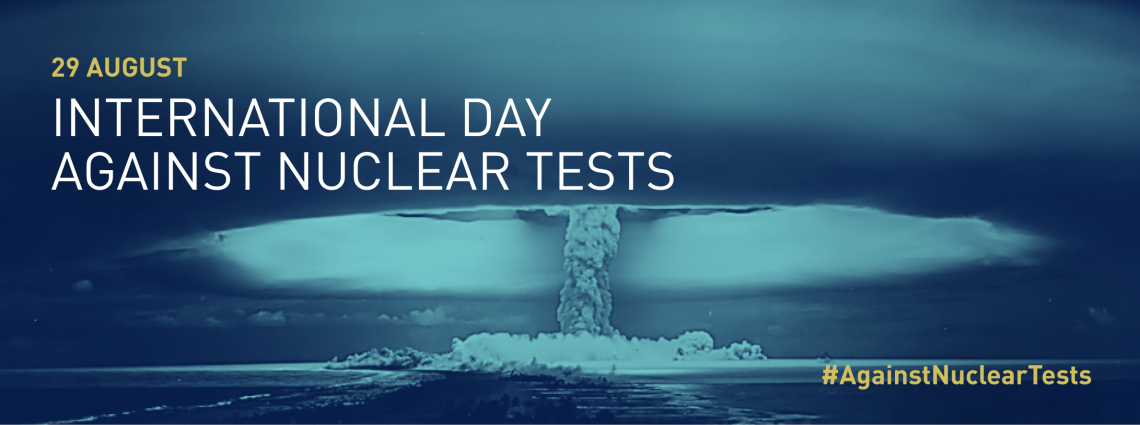International Day against Nuclear Tests

The first Soviet nuclear test was conducted on 29 August 1949, four years after the first U.S. nuclear test.
The Comprehensive Nuclear-Test-Ban Treaty (CTBT) bans all nuclear tests by anyone, anywhere. The Treaty has created and sustained a global norm against nuclear testing so powerful that fewer than a dozen nuclear tests have been conducted since it opened for signature in 1996.
For the CTBT to enter into force, it still has to be ratified by nine States from a list of 44 defined as nuclear technology holders in Annex 2 of the Treaty (China, DPRK, Egypt, India, Iran, Israel, Pakistan, the Russian Federation, and the United States). Once the Treaty has entered into force, on-site inspections can be requested by any State Party to verify whether a nuclear test has been conducted.
